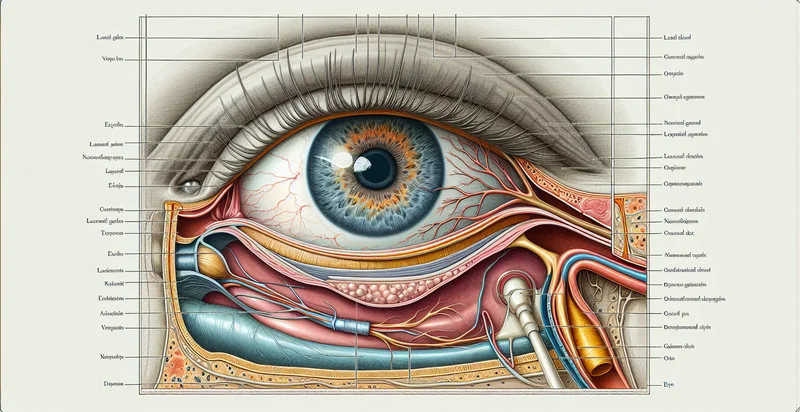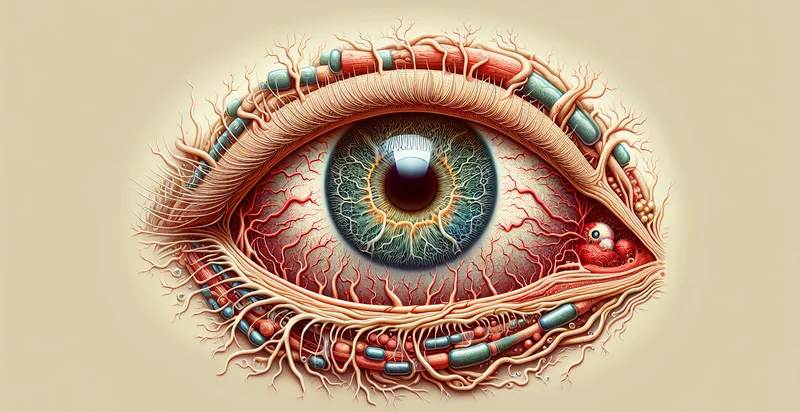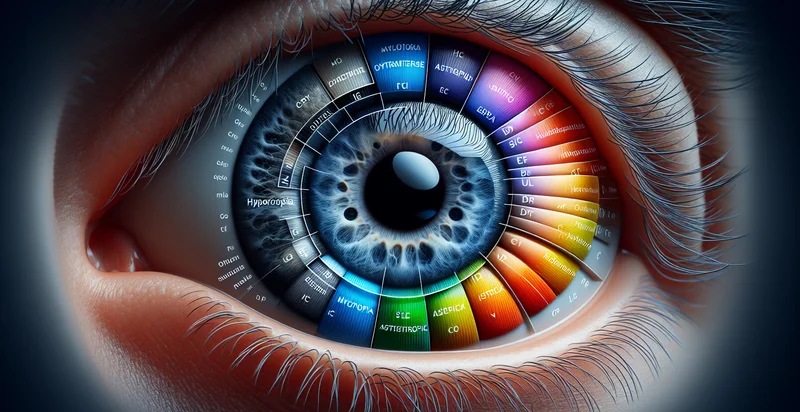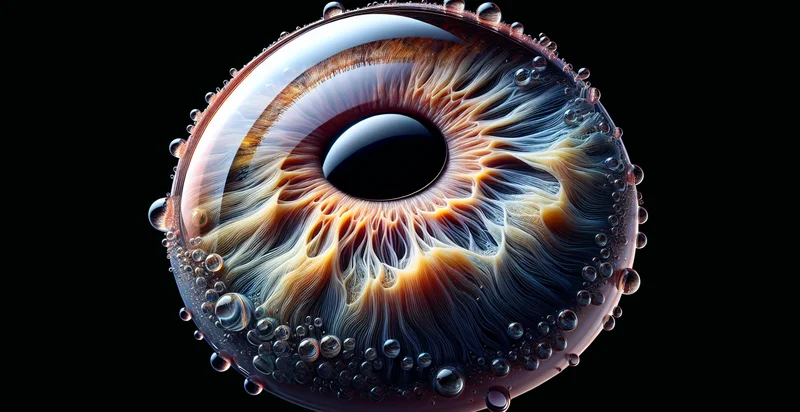Identify tear duct function
using AI
Below is a free classifier to identify tear duct function. Just upload your image, and our AI will predict the state of tear duct function in patients. - in just seconds.

Contact us for API access
Or, use Nyckel to build highly-accurate custom classifiers in just minutes. No PhD required.
Get started
import nyckel
credentials = nyckel.Credentials("YOUR_CLIENT_ID", "YOUR_CLIENT_SECRET")
nyckel.invoke("tear-duct-function", "your_image_url", credentials)
fetch('https://www.nyckel.com/v1/functions/tear-duct-function/invoke', {
method: 'POST',
headers: {
'Authorization': 'Bearer ' + 'YOUR_BEARER_TOKEN',
'Content-Type': 'application/json',
},
body: JSON.stringify(
{"data": "your_image_url"}
)
})
.then(response => response.json())
.then(data => console.log(data));
curl -X POST \
-H "Content-Type: application/json" \
-H "Authorization: Bearer YOUR_BEARER_TOKEN" \
-d '{"data": "your_image_url"}' \
https://www.nyckel.com/v1/functions/tear-duct-function/invoke
How this classifier works
To start, upload your image. Our AI tool will then predict the state of tear duct function in patients..
This pretrained image model uses a Nyckel-created dataset and has 11 labels, including Blocked, Constricted, Dilated, Dry, Infected, Inflamed, Irritated, Normal, Overactive and Underactive.
We'll also show a confidence score (the higher the number, the more confident the AI model is around the state of tear duct function in patients.).
Whether you're just curious or building tear duct function detection into your application, we hope our classifier proves helpful.
Related Classifiers
Need to identify tear duct function at scale?
Get API or Zapier access to this classifier for free. It's perfect for:
- Medical Diagnostic Tool: The False Image Classification function can assist ophthalmologists in diagnosing tear duct issues by accurately identifying images of abnormal tear duct conditions. By analyzing patient imagery, the tool helps provide insights into potential blockages or infections, improving patient outcomes through timely intervention.
- Veterinary Applications: This function can be applied in veterinary medicine to assess tear duct health in animals. By accurately classifying and analyzing images, vets can diagnose conditions affecting the eyes of pets, leading to appropriate treatments and enhanced animal welfare.
- Image-Based Telemedicine: In telemedicine, the tear duct identifier can be integrated into platforms where patients submit images of their eye conditions. It enables remote healthcare providers to receive essential diagnostic support and triage based on visual representations of issues, streamlining patient care.
- AI-Driven Eyewear Retail: Online eyewear retailers can leverage this function to analyze user-uploaded photos to determine potential eye health issues related to tear ducts. This data can assist in personalizing product recommendations and educating customers on the importance of eye health.
- Research and Development: This classification tool is valuable for researchers studying various ocular conditions. By analyzing large datasets of eye images, researchers can identify patterns in tear duct diseases, leading to groundbreaking findings in ophthalmology.
- Medical Training and Education: Medical institutions can utilize this function in educational environments to help train students in recognizing tear duct issues through image analysis. Interactive learning with real-life images enhances diagnostic skills and prepares students for clinical practice.
- Pharmaceutical Development: Pharmaceutical companies can use the False Image Classification function in their research to understand the effects of new drugs on tear duct health. By assessing images of eye conditions before and after drug administration, researchers can gather valuable data on treatment efficacy and safety.


